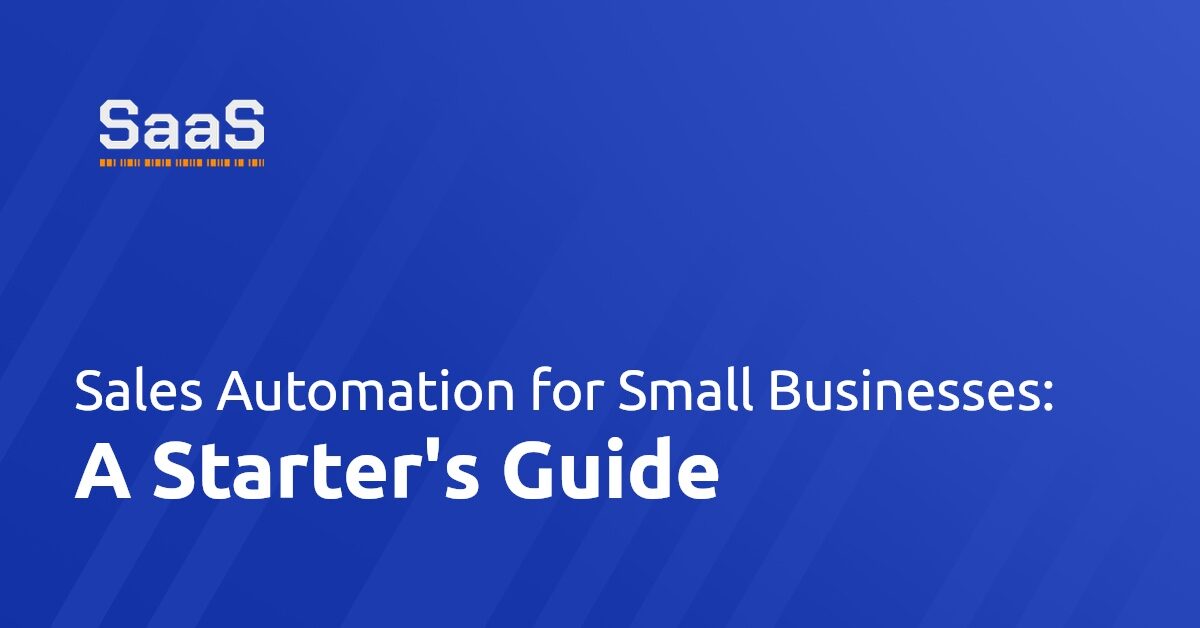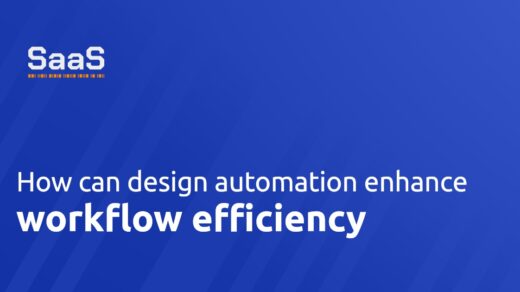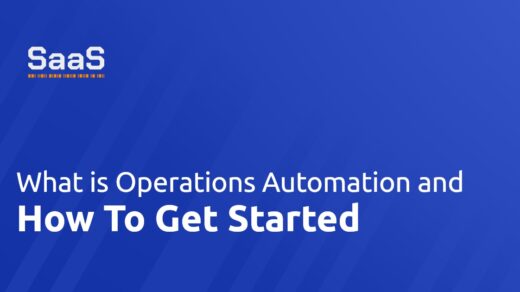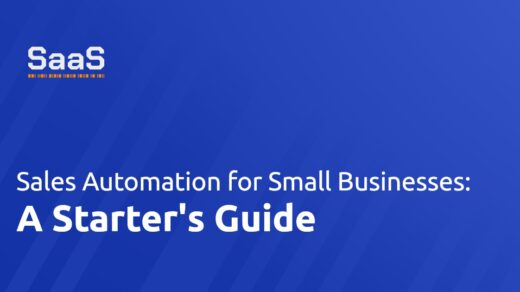Sales automation has emerged as a game-changer for small businesses seeking to streamline their processes and drive growth. By harnessing the power of technology, small businesses can optimise their sales operations, free up valuable time, and focus on building meaningful customer relationships. This guide delves into the world of sales automation, offering insights into its benefits, implementation strategies, tasks that can be automated, its effects on customer relationships, and crucial pitfalls to avoid.
Why Do Small Businesses Need Sales Automation?
Small businesses often face the challenge of wearing multiple hats, and sales teams, in particular, find themselves juggling a multitude of tasks, from prospecting and lead nurturing to follow-ups and closing deals. This is where sales automation steps in as a force multiplier. By automating routine and repetitive tasks, such as data entry, lead tracking, and email follow-ups, small businesses can reclaim valuable hours that can be redirected towards more high-value activities.
Furthermore, the consistency and accuracy offered by sales automation are indispensable. Human errors can inadvertently creep into manual processes, leading to data inconsistencies and miscommunications, which in turn can harm customer relationships and the overall sales pipeline. Sales automation minimises such risks by ensuring that data is recorded accurately, customer interactions are tracked meticulously, and follow-up tasks are executed promptly.
By analysing customer interactions, purchase histories, and engagement patterns, sales automation tools provide insights that enable businesses to tailor their communication and offerings to individual customer preferences. This personal touch goes a long way in fostering customer loyalty and satisfaction, ultimately translating into repeat business and positive word-of-mouth referrals.
How to Get Started with Sales Automation?
The first crucial step is to conduct a thorough assessment of your existing sales processes. Identify pain points, inefficiencies, and areas that could benefit from automation. This assessment lays the foundation for determining the specific goals and objectives you aim to achieve through automation, whether it’s accelerating lead conversion, streamlining follow-up procedures, or improving customer segmentation.
Once you have a clear understanding of your objectives, the next step involves careful research to select the right sales automation platform for your business. It’s vital to opt for a solution that aligns with your industry, size, and specific needs. Look for platforms that offer integrations with your existing tools, as seamless connectivity is key to ensuring a smooth transition.
With the chosen platform in hand, it’s time to prioritise the processes that will yield the most immediate benefits from automation. These could include tasks like lead capturing, data entry, email campaigns, and appointment scheduling. Create a roadmap for implementing these changes, and ensure that your sales team receives comprehensive training to use the new tools effectively.
Which Sales Tasks Can Be Automated?
One of the prime candidates for automation is lead generation and data collection. Instead of spending hours manually inputting lead information, businesses can employ automation tools to capture and organise leads from various sources, such as website forms, social media, and events.
Additionally, email communication is a domain where automation can shine. Email marketing campaigns, follow-ups, and nurturing sequences can be automated to deliver timely and relevant content to leads and customers. By setting up personalised drip campaigns based on user behaviour and engagement, businesses can maintain a consistent presence in the minds of prospects and guide them through the buyer’s journey.
Sales task automation also extends to appointment scheduling and reminders. Instead of going back and forth with clients or prospects to find suitable meeting times, businesses can utilise scheduling tools that sync with team calendars and offer real-time availability. This not only streamlines the booking process but also reduces the chances of scheduling conflicts.
How Does Sales Automation Impact Customer Relationships?
One of the primary ways sales automation affects customer relationships is by enabling consistent and timely communication. Automated follow-up emails, personalized messages, and scheduled touchpoints ensure that customers are engaged at various stages of their journey. This level of consistency not only keeps the business top-of-mind but also demonstrates a commitment to customer needs.
Moreover, automation facilitates efficient lead nurturing, as potential customers receive relevant information and resources based on their interests and behaviors. This personalized approach to engagement enhances the customer experience and fosters a sense of value. Automation ensures that no lead or inquiry falls through the cracks, and every customer interaction is acknowledged promptly.
Additionally, automation tools often integrate with customer relationship management (CRM) systems, providing a comprehensive view of customer interactions and preferences. This holistic understanding empowers sales teams to have more informed conversations and offer solutions tailored to individual requirements.Instead of spending hours on data entry and administrative tasks, sales professionals can focus on understanding customer challenges, providing tailored solutions, and offering expert guidance.
What Mistakes Should Small Businesses Avoid in Sales Automation?
Small businesses might be tempted to automate every aspect of their sales processes, but this can lead to a disconnect with customers. Personalised interactions play a pivotal role in small business success, and excessive automation can make customers feel like they’re interacting with a robotic entity rather than a human-driven business.
Implementing automation tools without a clear understanding of how they fit into the broader goals of the business can result in disjointed processes and wasted resources. Whether it’s improving lead conversion rates, enhancing customer retention, or accelerating the sales cycle, the chosen automation should complement and amplify these objectives.
Additionally, overlooking data quality can lead to detrimental outcomes. If the underlying data is flawed or outdated, the automation processes built upon it will yield unreliable results. Regular data maintenance and periodic audits are essential to keep the system running smoothly and to prevent data-related issues from negatively impacting the sales automation efforts.







